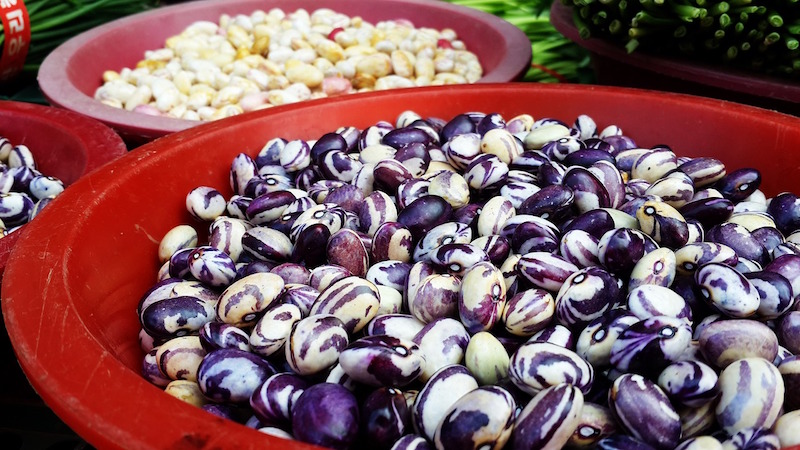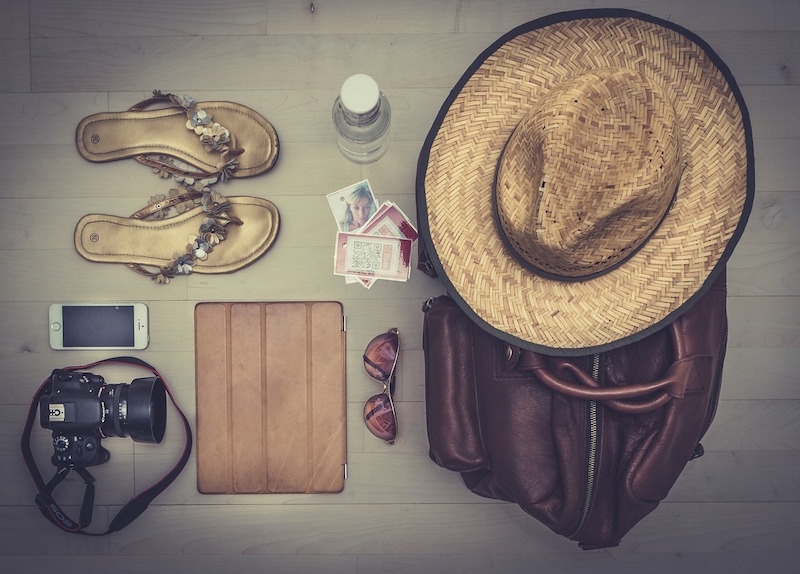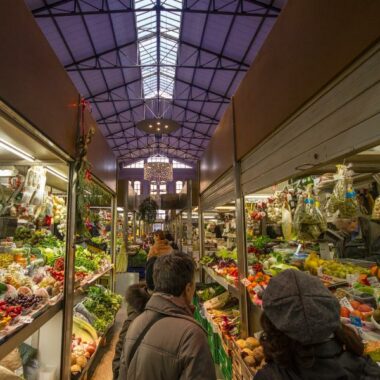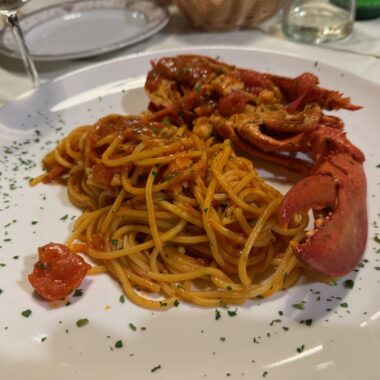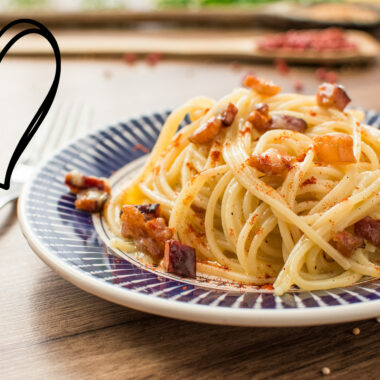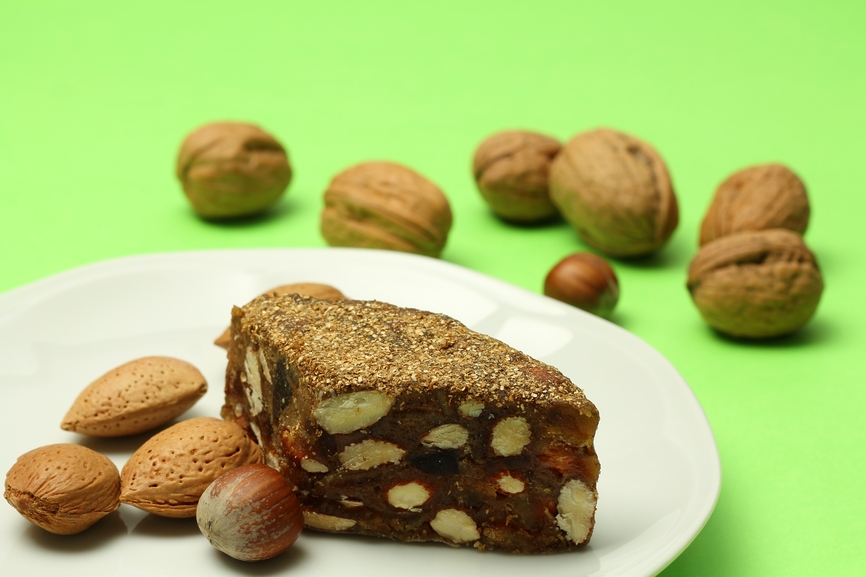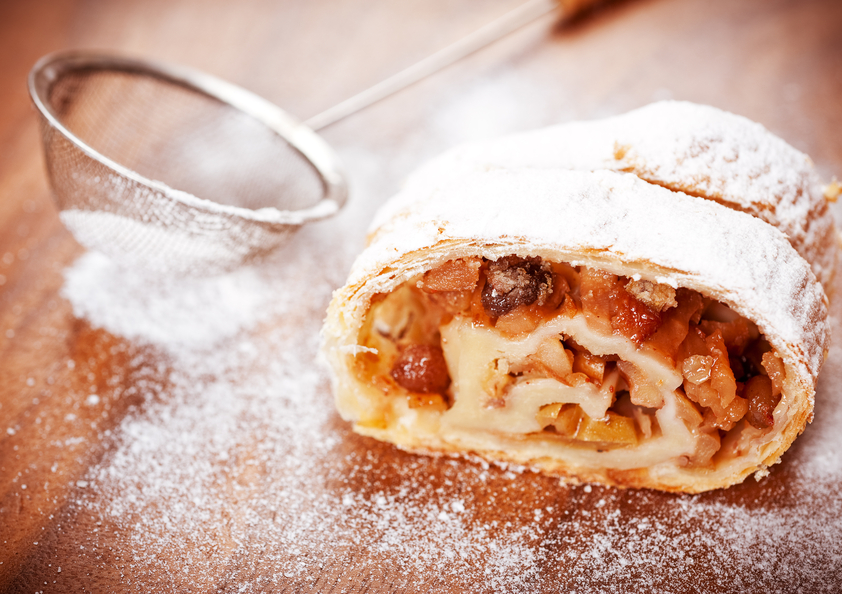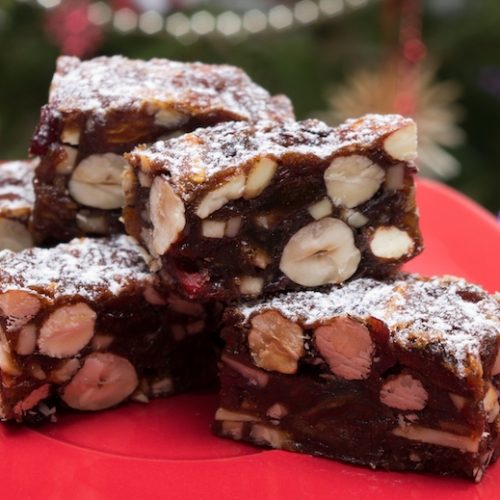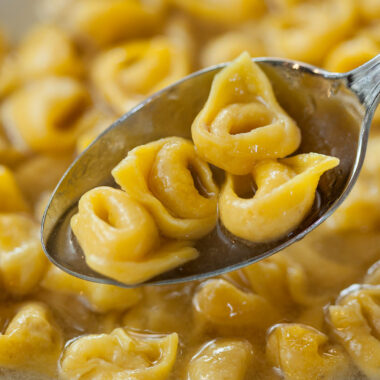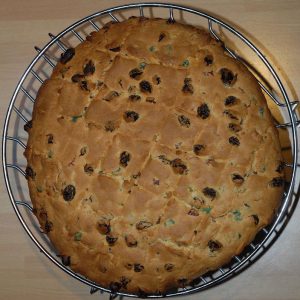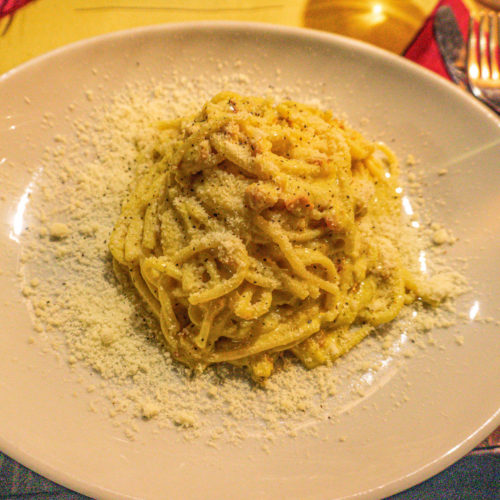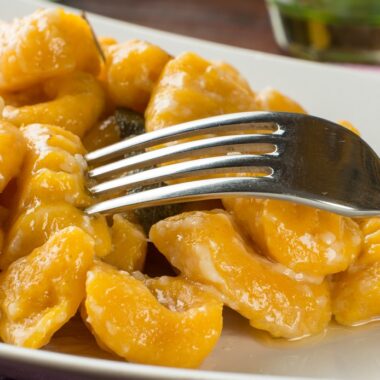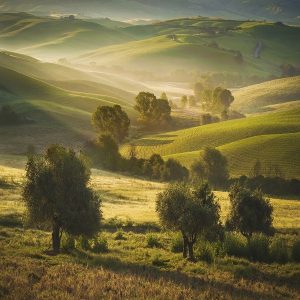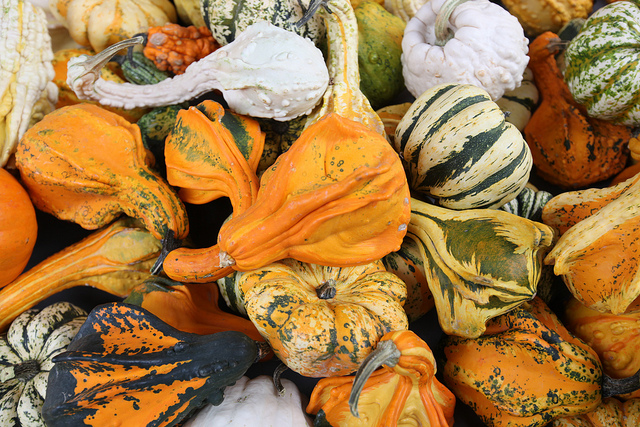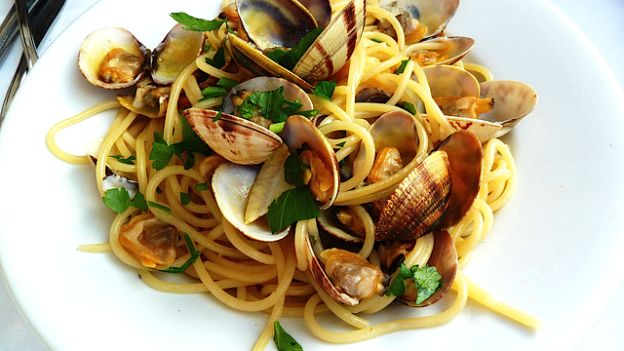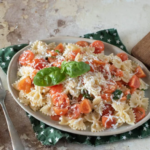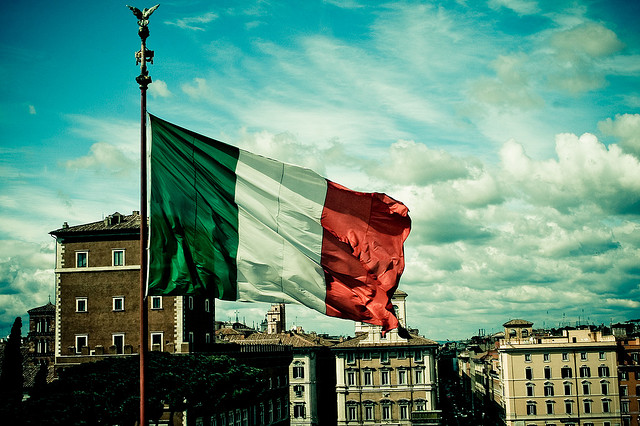The Fall is knocking at our doors, and we start feeling like getting all warm and cozy, even in the kitchen: soups take the place of salads, mature cheeses that of mozzarella and we all feel like eating more… Beans, in all their varieties and associated with a plethora of other ingredients, are among the best loved Fall and Winter foods in the country: filling, rich and comforting, beans are also nutritious and healthy, so don’t feel guilty when you eat them. Curious to know some more about how we cook and eat beans in Italy?
Here are some ideas, suggestions and curiosities about this humble, yet delicious ingredient.
Beans: a handful of health
Most households in Italy reserve a meal or two every week for beans, just as they include specific days for meat, pasta or fish. Beans play an essential role in Italian cuisine and, consequently, they are grown throughout the country. From Sicily in the South, to Piedmont and Veneto in the North, various regions produce different kinds of beans, all of which are enjoyed in Italian kitchens.
One of the world’s most valuable and important foods, beans contain a wealth of fiber both soluble and insoluble. A diet rich in fiber is known to prevent coronary heart disease and colon cancer. Beans can provide a reduction in serum cholesterol levels and are also thought to prevent diabetes in at-risk individuals. Additionally, these little gems of the culinary world contain more protein than any other vegetable: some beans even rival chicken or meat in protein content. In other words, they are good for optimal health and should be included in one’s diet.
Popular Italian Beans
The region of Tuscany is famous for its bean production; cannellini, white kidney beans, is perhaps its most popular bean and these are simply referred to as fagioli. Other popular Tuscan white beans include soranini, toscanello, corona and schiaccioni. While many cooks will substitute one white bean for another, each strain provides its own individual shape and texture to a given dish. Of course, white beans are cultivated in other areas of the country, but Tuscany seems to be their rightful home.
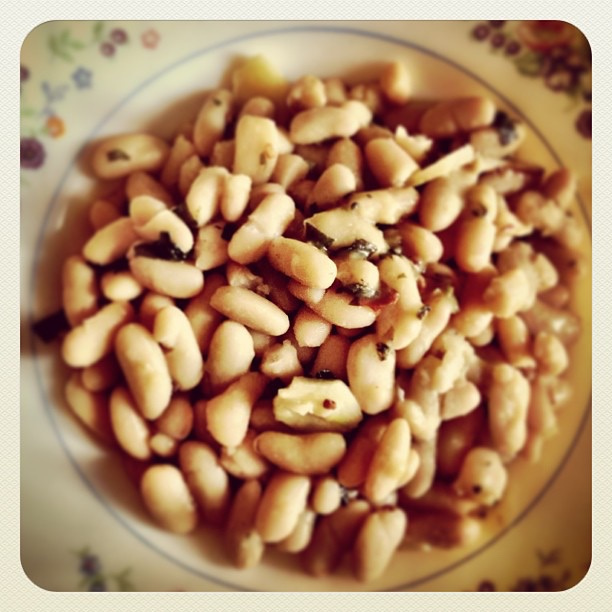 Cannellini with garlic and parsley (Angelo Bertrand Ruggiero/flickr)
Cannellini with garlic and parsley (Angelo Bertrand Ruggiero/flickr)
Borlotti is a beloved bean of northern Italy. Borlotti is also considered to be the healthiest of all beans due to its high iron concentration. This bean in particular is a popular meat substitute. These red, tan and brown speckled beans turn a dark brown on the outside and a yellow on the inside when cooked. They add a delightful creamy consistency to any recipe.
Fresh or dried fava beans are a staple of Abruzzo, Puglia, Campania as well as Sicily. A staple of southern Italian cuisine, fava beans are hardy and widely available. Purchasing beans that are already skinned and split is the preferred method for ease of preparation. Buying whole beans in their protective skins calls for hours of soaking as well as a tinge of bitterness when they are cooked.
Lentils, or lenticchie, are eaten all across Italy. With their nutty taste, lentils are ideally small and brown. The most select lentils are grown in Umbria, Abruzzo and Sicily. Although lentils do not demand soaking previous to cooking, they are best when soaked for about an hour. With all beans, keep in mind that the fresher the bean, the better it will taste when used in your favorite recipes.
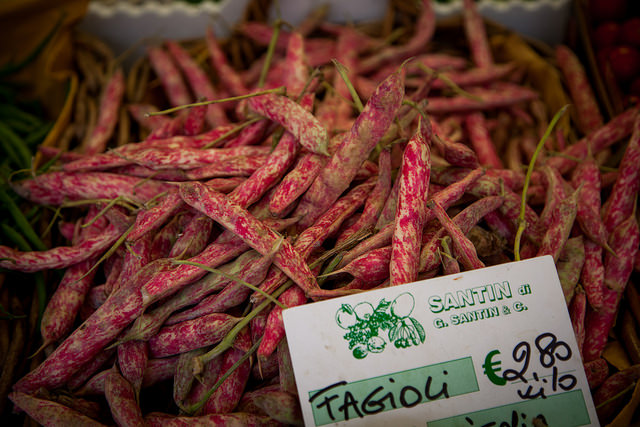 Borlotti beans are typical of the North (Brad Knabel/flickr)
Borlotti beans are typical of the North (Brad Knabel/flickr)Cooking With Beans
The best Italian cooks realize that beans need to be tender without being soft in order to get the best texture and flavor from them. With the exception of a few types of beans, like lentils, most should be soaked at least eight hours or longer. However, refrain from soaking them longer than twenty-four hours as they are likely to ferment. Some Italians add a bit of baking soda during the soaking which seems to help the beans remain intact during cooking. Be sure to discard the water the beans soak in before cooking with them.
Also, when cooking beans, be generous with water – a good rule of thumb is six cups for every cup of beans. One cup of dry beans will yield two cups of cooked beans. This water rule will differ when it comes to soup recipes. Try adding a bit of olive oil to the water the beans cook in, it will add flavor and keep them from sticking to each other. Cooking times will vary, of course, but generally borlotti takes about an hour, chickpeas require about an hour and a half of cook time and lentils may be ready after a half hour.
 An earthy, delicious beans and sausage stew (sifalcia/flickr)
An earthy, delicious beans and sausage stew (sifalcia/flickr)
Some of Italy’s best loved dishes that call for beans include: Venetian sweet-and-sour beans, Genoa-style minestrone, Tuscan bean soup, lentil soup, pasta with red bean sauce, Calabrian fava beans and pasta, lentil stew with sausage and penne with chickpeas. Beans are used in spreads, soups, sauces and main courses.
Not only good, they are good for you!
By J. A. Young
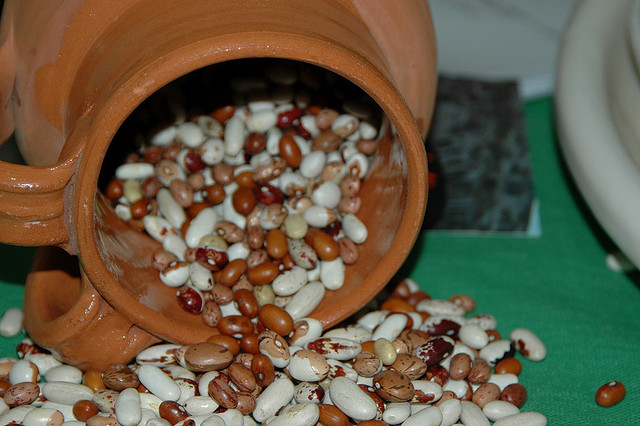 Beans are a staple of Italian cuisine (Basilicata Turistica/flickr)
Beans are a staple of Italian cuisine (Basilicata Turistica/flickr)